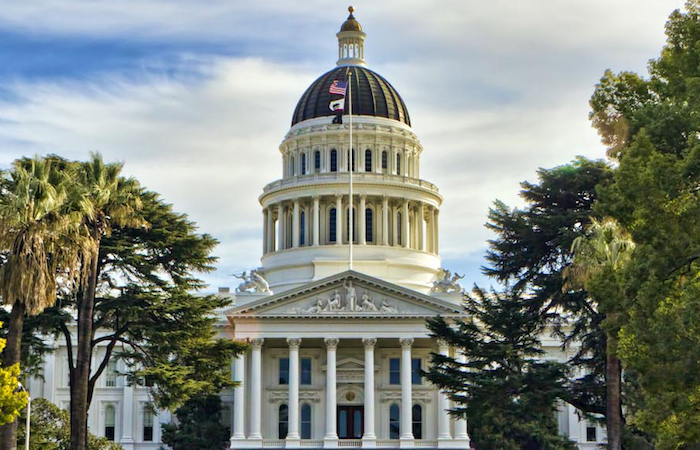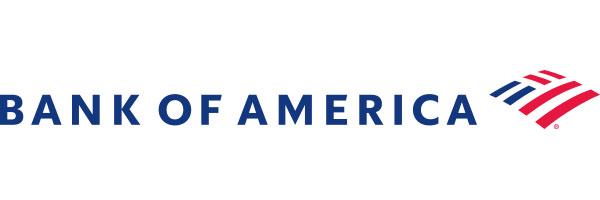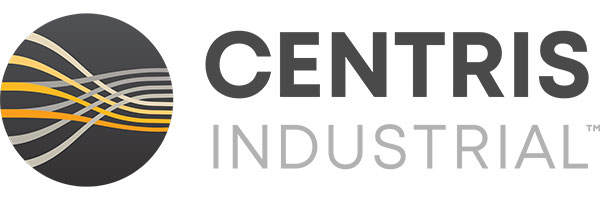CBPA's California Legislative Update 9/24/2021

- HERE WE GO AGAIN… NEW SPLIT ROLL MEASURE SUBMITTED
- NEW SPLIT ROLL INITIATIVE WILL BRING BROAD OPPOSITION
- BILL TARGETING WAREHOUSES OPERATION SIGNED
- SOLAR MANDATE FOR COMMERCIAL MOVES TO CBSC
- CBPA 2021 CALENDAR
HERE WE GO AGAIN… NEW SPLIT ROLL MEASURE SUBMITTED
Less than a year after voters soundly defeated Proposition 15 last November, a measure to create a split roll property tax, some of the same proponents are already trying to qualify a new split roll measure.
With a title that sounds like it comes from the mind of Franz Kafka, the “Housing Affordability and Tax Cut Act of 2022,” is a new measure submitted yesterday to the California Attorney General to begin the process of becoming a statewide proposition.
At its heart, the measure is a split roll property tax that will increase taxes for all properties valued over $4 million - non-residential and residential alike - including homes and apartments complexes.
We are in process of analyzing the measure, and will provide that soon. For now, you can click here to read what was submitted.
Although our industry is not looking for another statewide campaign on this issue the same successful leadership group that helped defeat the Proposition 15 is already meeting and gearing up to defend against this massive tax increase.
NEW SPLIT ROLL INITIATIVE WILL BRING BROAD OPPOSITION
Rex S. Hime, President and CEO, of California Business Properties Association, representing the largest commercial real estate consortium in the nation with over 10,000 members in California, blasted the re-introduction of a split roll property initiative.
“Our state and nation need to focus on helping the economy recover from the devastation of more than a year and half of pandemic induced closures. Small businesses and major employers alike in California are threatened as never before and this massive tax increase will prolong the recession, put people out of work, and increase rents on apartments,” said Hime.
Since Proposition 13 took effect in 1979, property taxes have more than doubled after adjusting for population growth and inflation. Local property taxes are estimated to top $79 billion this year, more than any other state’s total general fund budget. Only once since Proposition 13 have property tax revenues ever declined—during the Great Recession a decade ago—and over the four decades, the average annual growth has been 7%.
“The voter just rejected this bad idea, there is no need to go down this path again. Additionally, the state has the largest budget surplus in history – we call on leaders to dedicate these funds to get California’s economy back on track and to reject this divisive initiative,” concluded Hime.
CBPA is the designated legislative advocate for the International Council of Shopping Centers (ICSC), the California Chapters of the Commercial Real Estate Development Association (NAIOP), the Building Owners and Managers Association of California (BOMA), the Retail Industry Leaders Association (RILA), the Institute of Real Estate Management (IREM), and the Association of Commercial Real Estate – Northern and Southern California (ACRE), and AIR CRE.
BILL TARGETING WAREHOUSES OPERATION SIGNED
AB 701, a bill targeting tenants in the warehouse/logistics sector was signed by Governor Newsom yesterday. A large coalition of industry groups opposed this measure as it has the potential to drive more warehouse, logistics, and goods-movement jobs out of the state of California.
Here is what the Governor’s office had to say about why he signed the bill:
Moving to address injuries among workers in the warehousing industry, Governor Gavin Newsom today signed AB 701 by Assemblymember Lorena Gonzalez (D-San Diego), which establishes new, nation-leading transparency measures for companies to disclose production quota descriptions to their workers and prohibits the use of algorithms that disrupt basic worker rights such as rest periods, bathroom breaks or compliance with health and safety laws. The legislation ensures workers cannot be fired or retaliated against for failing to meet an unsafe quota and allows them to pursue injunctive relief.
Click here to see the bill language and analyses of AB 701.
SOLAR MANDATE FOR COMMERCIAL MOVES TO CBSC
In late 2021, the State of California will adopt the first set of building codes in the nation that will require solar photovoltaic (PV) and battery storage for many non-residential and multi-family buildings as part of the 2022 Energy Code. This action follows a similar adoption for single family homes in 2018.
The CEC updates its code every three years and in early August 2021, its governing board adopted the 2022 Energy Code which sets building standards for new commercial construction. The new codes also expand the existing single-family home requirement to design new homes so that battery storage can easily be added to an existing system.
The Energy Code is designed to be cost-effective so that implementation is affordable while helping California manage energy demand and advance the state’s climate and clean air goals.
The new codes will apply to buildings for which the permit application is submitted to the local building department on or after January 1, 2023.
The 2022 Energy Code extends PV/battery storage standards to the following building types and applies to both public and private buildings: Office, medical office and clinics, warehouses, retail and grocery stores, restaurants, high-rise multifamily (apartments and condos), hotel-motels, schools, and civic (theaters, auditoriums, and convention centers).
The PV/battery requirements are for new construction only and do not apply to tenant improvements or alterations of existing space nor expansions that are connected to an existing structure and add volume or square footage to the existing structure.
Recognizing that not all non-residential buildings are alike and that it is not cost-effective or technically feasible for all buildings to accommodate solar, the PV and battery requirements have exemptions for situations that include inadequate roof space, inadequate solar access, occupied roofs, roofs where PV installation is not possible/feasible, and in areas without Virtual Net Metering or a community solar program.
Click here for a one-pager you can share on this with your own leadership, peers, and members.
More information on all of this can be found here:
CEC 2022 Energy Efficiency Standards Website
NON-Technical Summary of the 2022 Energy Efficiency Standards
Actual Code Language Adopted - PV and Battery Requirements are Pages 328-330
CBPA 2021 CALENDAR
2021
Thursday-Friday, December 2 - 3
Strategic Issues Conference & CBPA Board Meeting
Embassy Suites, Napa Valley
2022
Thursday, March 24, 2022
Industry Awards Dinner and CBPA 50th Anniversary Extravaganza
The Renaissance Hotel, Newport Beach
For more information on any of our events, please contact Melissa Stevens at 916-443-4676 or mstevens@cbpa.com.




































